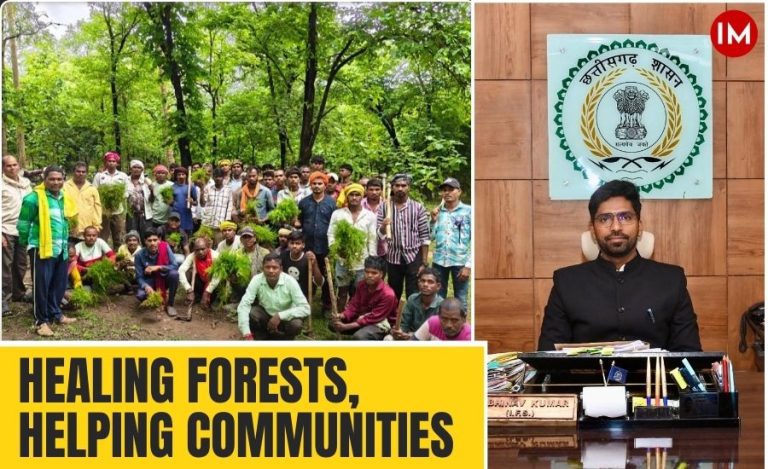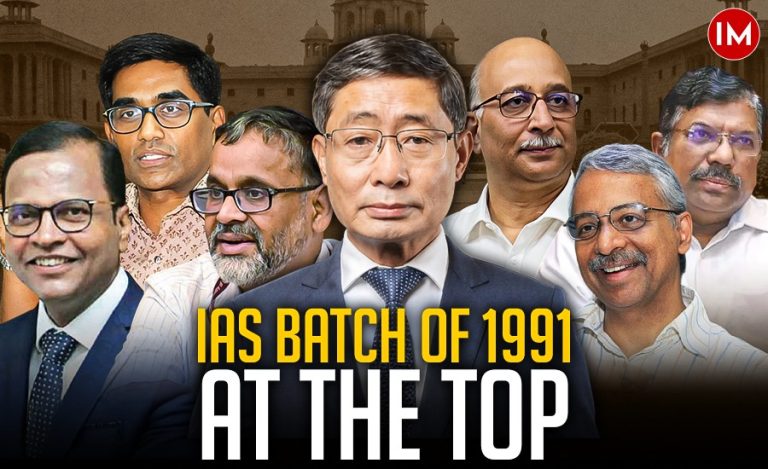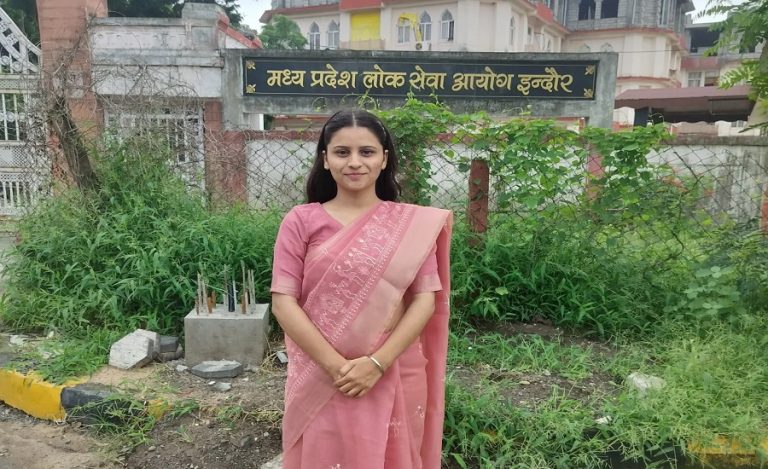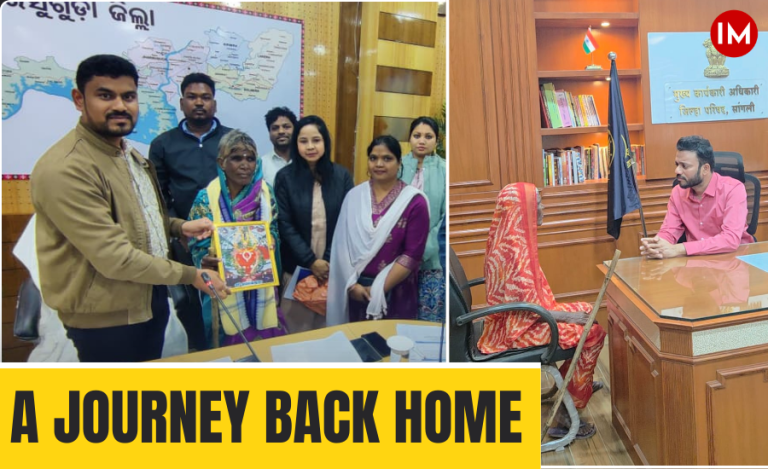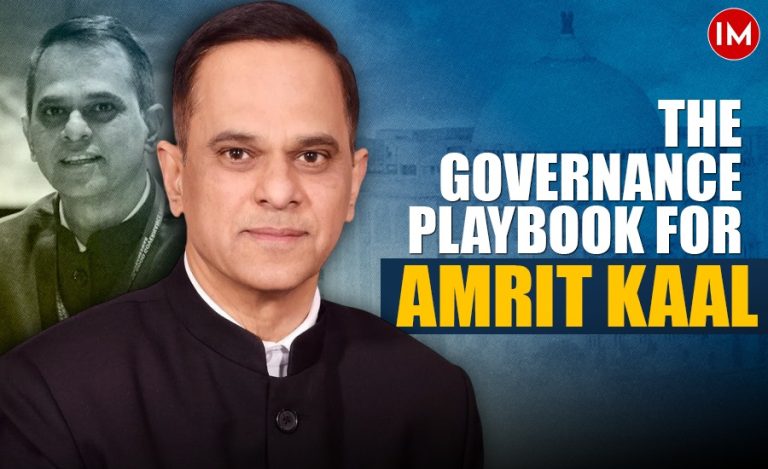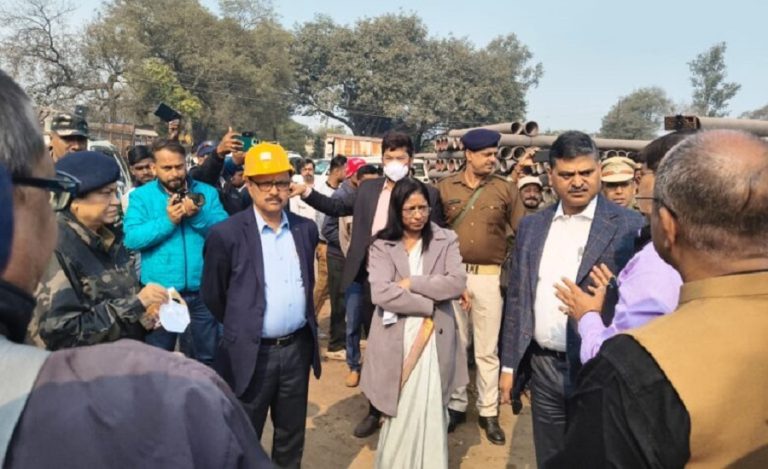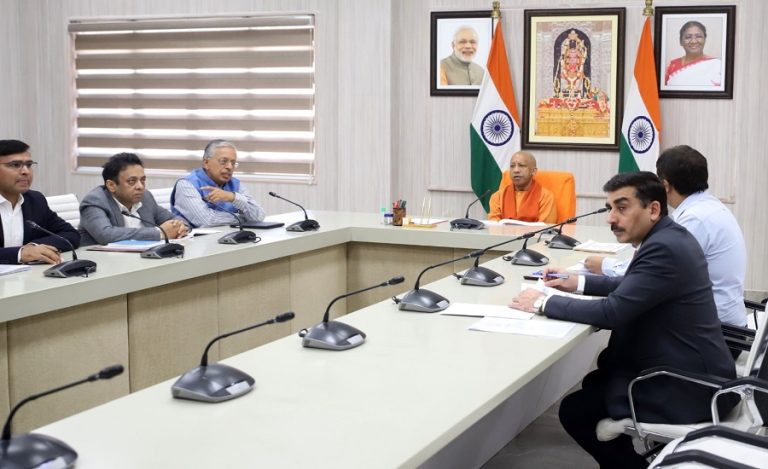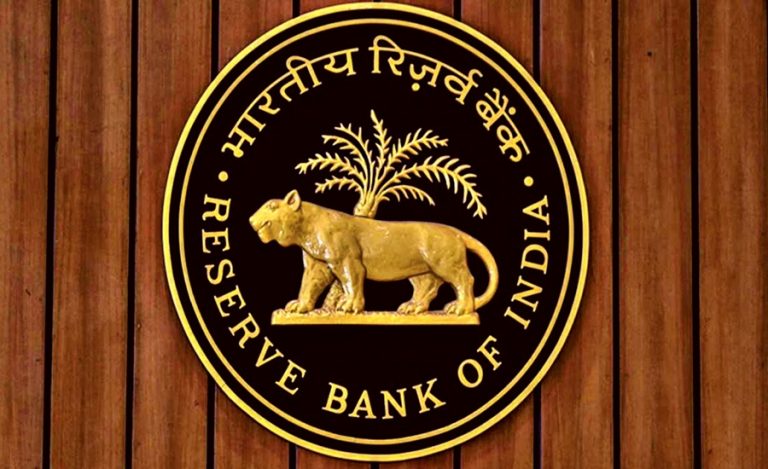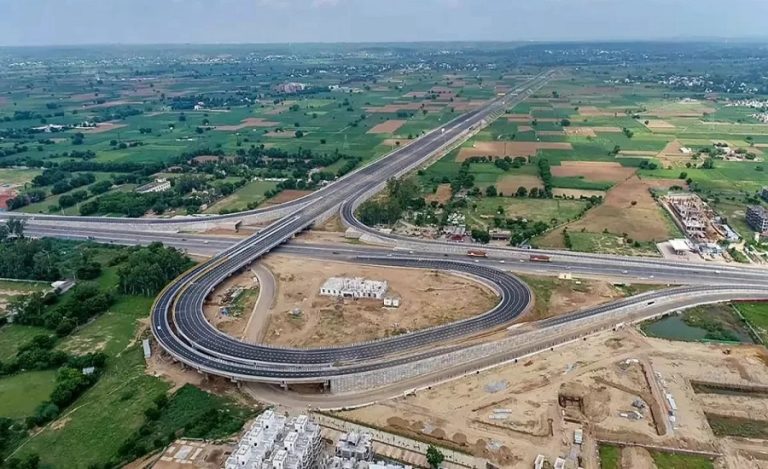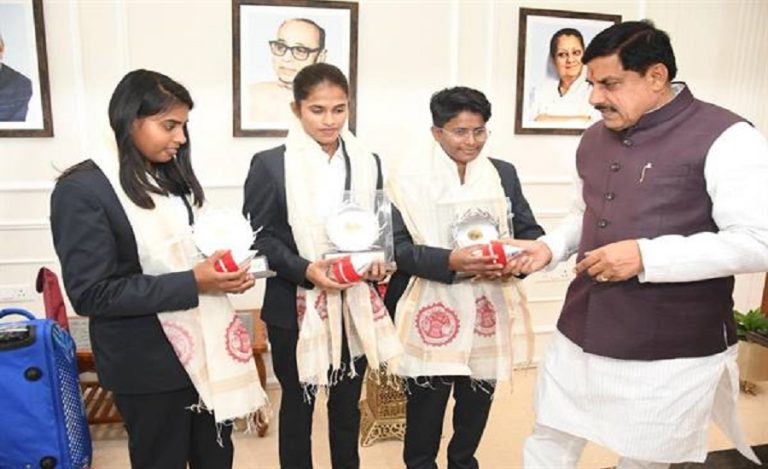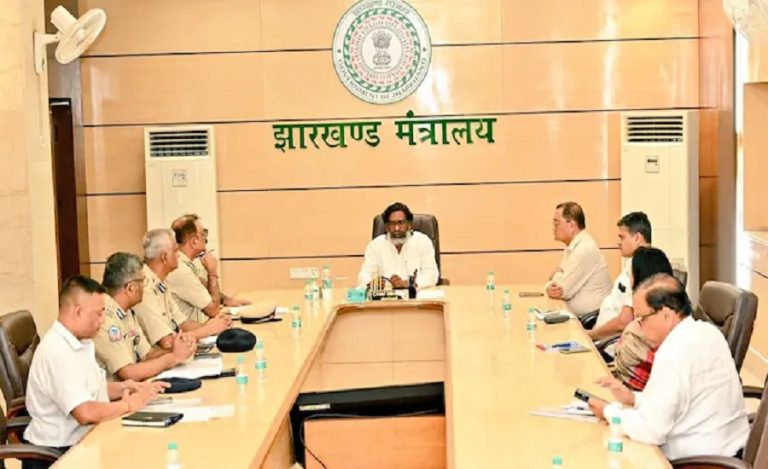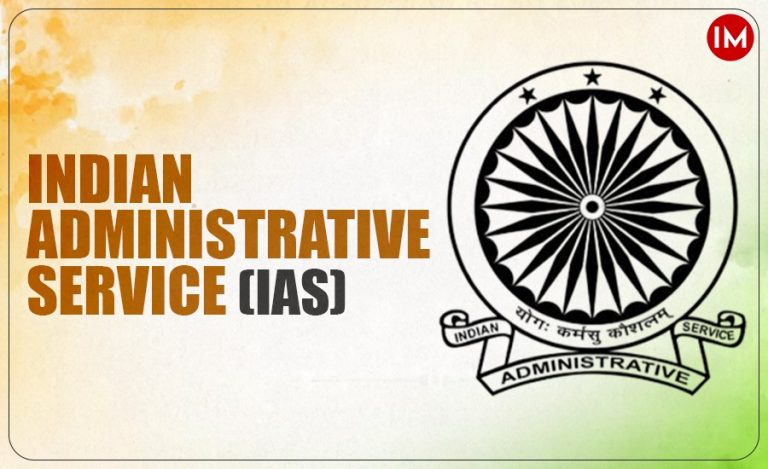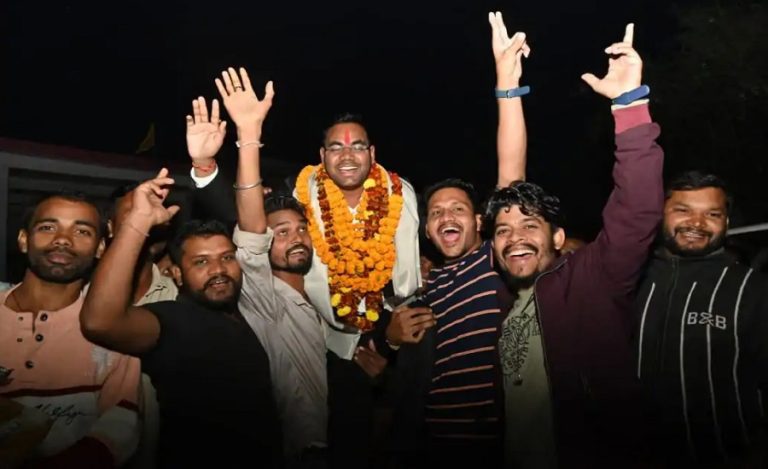Across India, Chhath Puja has gained prominence beyond its regional roots in Bihar and eastern Uttar Pradesh, celebrated by people from all walks of life. This year, bureaucrats across the country took part in the festival, sharing glimpses of their celebrations on social media. Indian Masterminds has gathered inspiring stories of civil servants who embraced the festival, highlighting its cultural beauty and importance. Their participation not only reflects personal devotion but also showcases how these officials remain connected with grassroots traditions and values, often serving as bridges between the state and the community.
Chhath Puja stands out as a distinct and deeply spiritual festival dedicated to the Sun. Unlike other sun-centric celebrations, it uniquely honors both the setting and rising sun, symbolizing gratitude for past blessings and hope for new beginnings. Celebrated on the sixth day of Kartik month in the Hindu calendar, Chhath Puja is also known as Surya Shashti and consists of four days filled with fasting, ritual purification, and reverent offerings. This tradition of sun worship is a rare and ancient one, bringing people together in an expression of gratitude, unity, and respect for nature.
Today’s sunrise is different,
— Rohit Deo Jha (@rdjha2) November 8, 2024
A moment, so rare and bright.
With millions of hands raised high,
Awaiting the first light.
Not just the dawn, but a new start,
A beginning that brings peace,
Filled with joy, with love, with hope,
And all that will never cease. pic.twitter.com/WKyzLZsSTP
सुबह के अर्घ्य के साथ छठ पर्व का समापन। 🌞🙏🙏 pic.twitter.com/hg7U9OFStj
— Kumar Ravi IAS🇮🇳 (@kumravi_ias) November 8, 2024

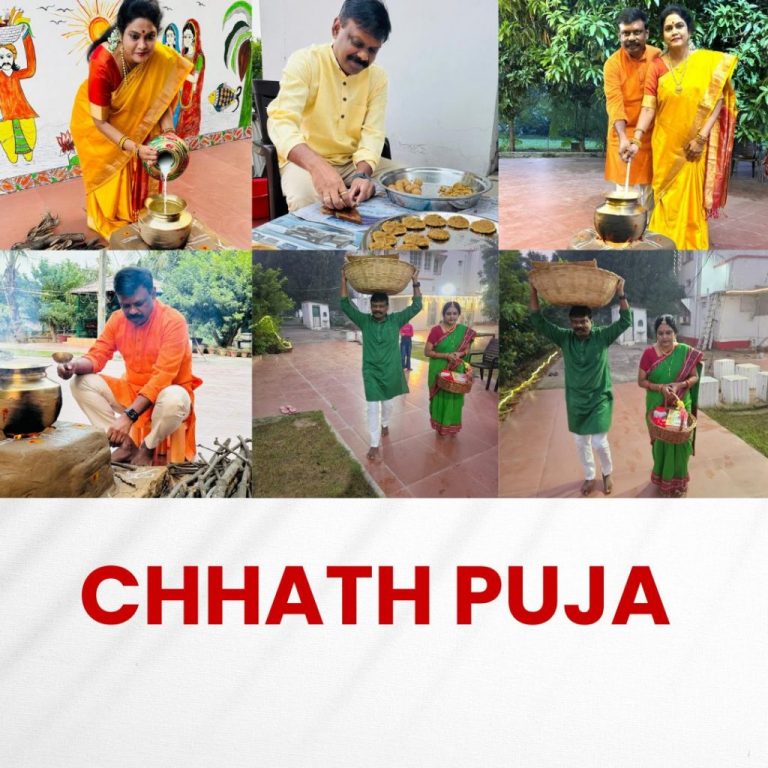
THE RITUALS AND SIGNIFICANCE OF CHHATH PUJA
Chhath Puja opens with a ritual bathing in rivers or local water bodies, marking the beginning of days of abstinence and ritual purity. Many devotees bring sacred Ganges water into their homes for special offerings and perform cleansing rites that prepare them for the days ahead.
On the first day of Chhath Puja, known as Nahay Khay, women who are observing the fast engage in a ritualistic puja and consume only simple, pure, and vegetarian foods. The meal consists of rice, lentils, gram, gourd, pumpkin, and other vegetables, prepared with minimal spices to maintain its sanctity. The Chhath prasad, considered sacred, is cooked on a stove that has been thoroughly cleaned, ensuring a space of purity. Only those who are fasting are allowed to prepare the prasad, making the process a deeply spiritual and exclusive part of the observance.
There is no other time when I miss my home town as much as during #ChathhPuja. Filled with the nostalgia of times gone by, now I only have old pics to look at and savour the memories captured within. And a quick glimpse of the sun as it goes down while it's still visible 🌅 🙏 pic.twitter.com/DS4V9XDhqj
— Shubhrata Prakash (@shubhrata_p) November 7, 2024
On the second day, known as Kharna, devotees fast all day and break it only in the evening after worshipping Mother Earth. They prepare offerings of kheer (rice pudding) and fruits, which are shared with family and friends in a show of unity. The third day, Sanjhiya Arghya, sees devotees gathering along riverbanks for the evening ritual of offering thanks to the setting sun. The event is filled with traditional folk songs and the vibrant customs of Bihar, with many households observing the local ritual of Kosi, a stunning display involving canopies of sugarcane stalks adorned with earthen lamps and offerings.
Feeling truly blessed to offer Arghya with my family on the sacred occasion of #ChhathPuja. This festival is a celebration of faith, gratitude, and devotion. May Chhathi Maiya bless every household with prosperity and peace. pic.twitter.com/7js28l2Rde
— Prashant Kumar IPS (@PrashantK_IPS90) November 7, 2024
The festival culminates on the fourth day with an early morning gathering to honor the rising sun, symbolizing a new beginning. After the offering, devotees break their fast and distribute prasad, ending their spiritually intense journey with a gesture of goodwill towards their community.
THE SYMBOLISM AND UNIFYING FORCE OF THE FESTIVAL
It represents a profound respect for nature and a harmonious coexistence with it. Through fasting, rituals, and communal gatherings, devotees express gratitude for the natural world and its cycles. Worshipping the setting sun serves as a reminder of past blessings while honoring the rising sun embodies hope and the promise of new opportunities.
#ChhathPuja पर्व पर तीनों दिन पुलिस अकादमी मेस में लिट्टी चोखा जरूर बनता था और शौकीन ट्रेनी इसमें अपने हाथ का स्वाद जोड़ा करते थे। लिट्टी चोखे का असली स्वाद मैंने #छठपर्व के दौरान ही जाना
— Anjali Kataria, DSP 🇮🇳 (@AnjaliKataria19) November 7, 2024
आप सभी को #छठपूजा की हार्दिक शुभकामनाएं🪔 #छठी_मैया सभी पर कृपादृष्टि बनाएं रखें🙏🏼#chhath pic.twitter.com/b9sLQWlHde
The celebration of Chhath Puja by people from diverse professions, including civil servants and high-ranking officials, highlights its unifying cultural force. In an era marked by rapid change, Chhath Puja remains a powerful reminder of the enduring importance of tradition, community, and devotion, binding families, friends, and communities together in shared values of joy, humility, and reverence for the Sun.
Chhath Pooja in Bilaspur. pic.twitter.com/aWWh1rd7Og
— Awanish Sharan 🇮🇳 (@AwanishSharan) November 7, 2024


